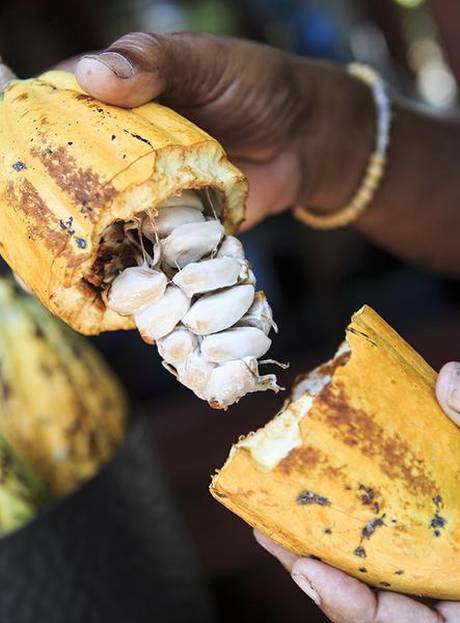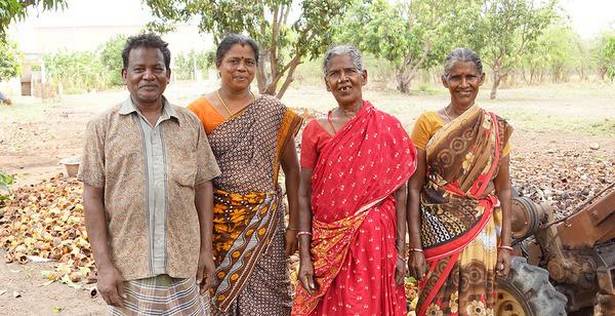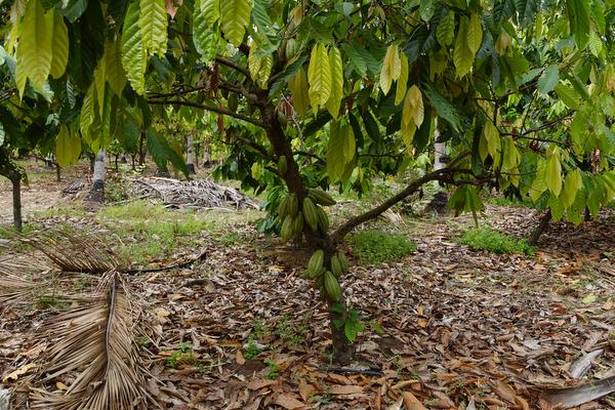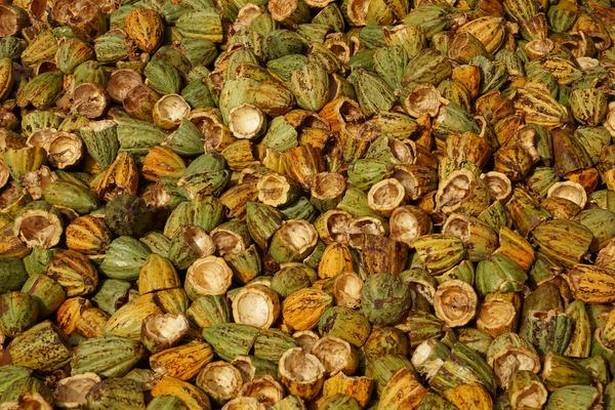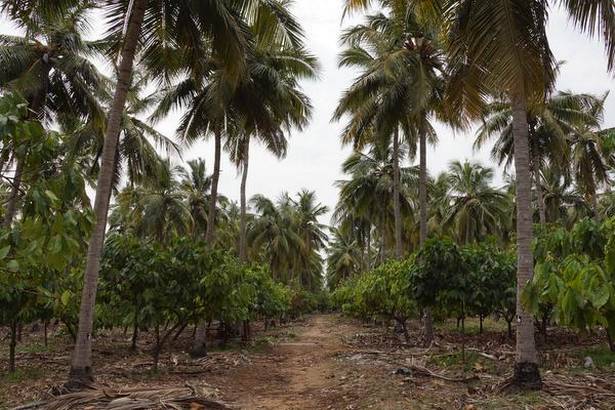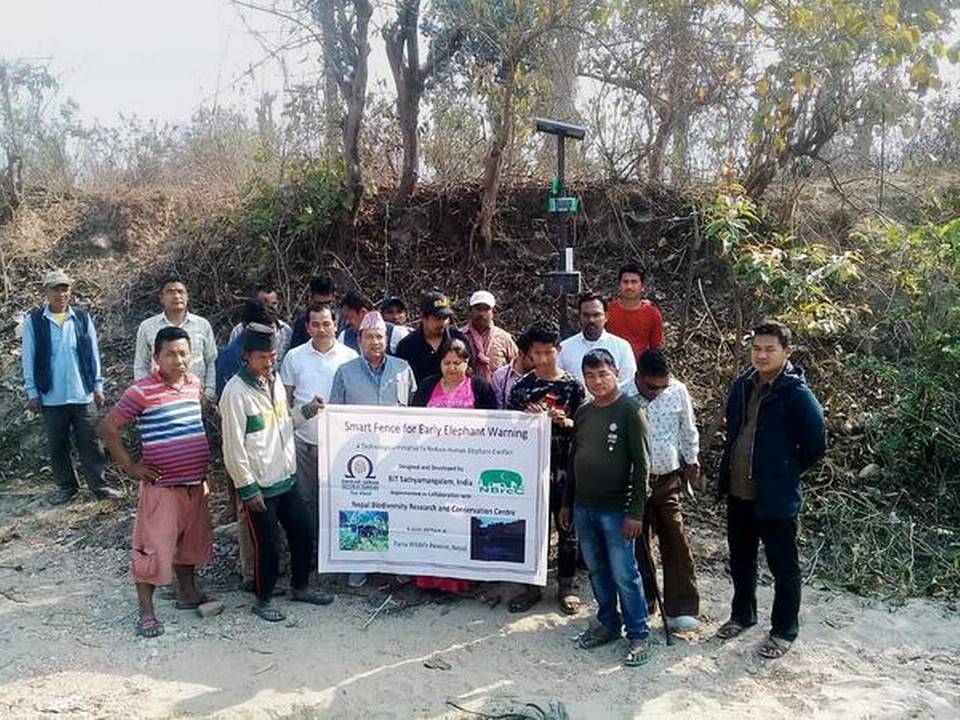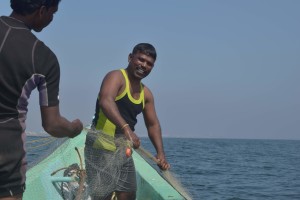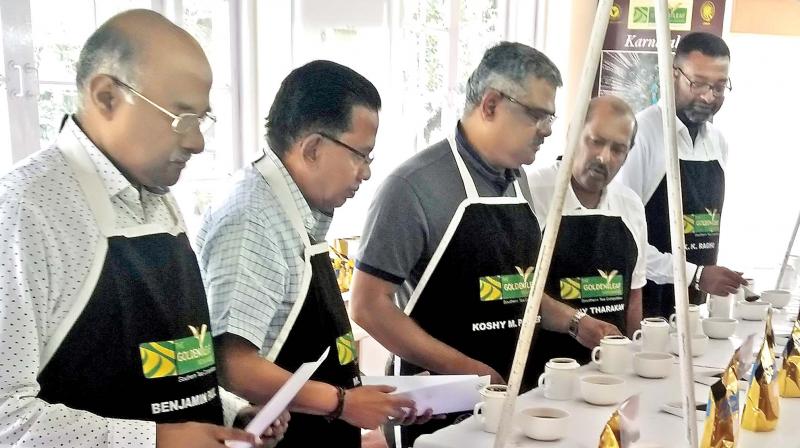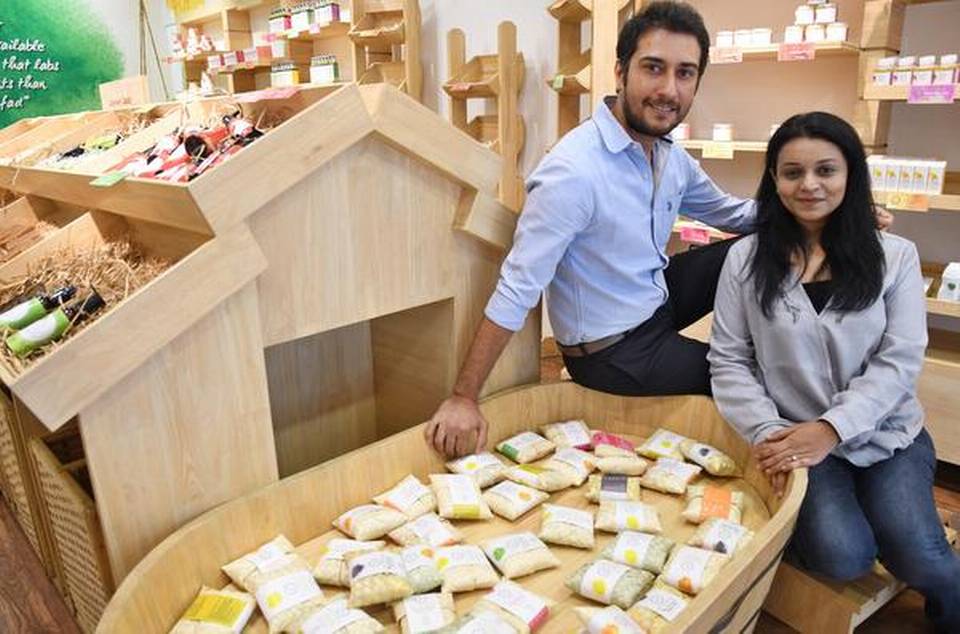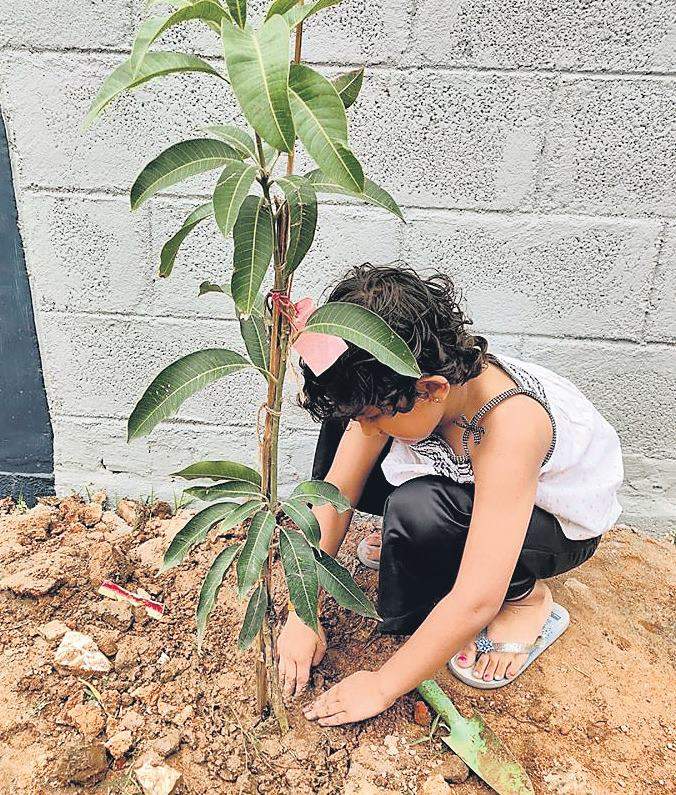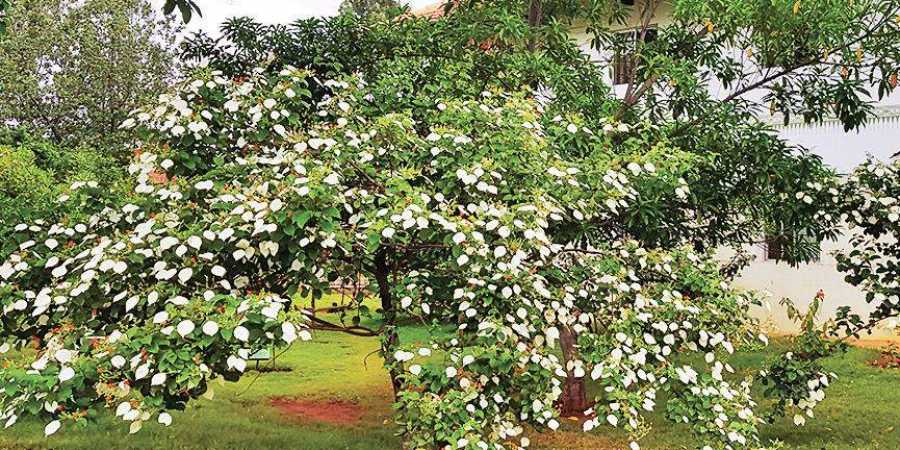This home in Kilpauk has managed to generate its own power, water and gas, shrugging off the dependence on government and private agencies that usually provide these utilities.
While the rest of the city has been sweating it out, running hither and thither in search of water and power, one household in the heart of the city remains blissfully as an island, all resources available in abundance. Whether it is water, power or cooking gas, all these resources, tapped through natural means, are available in plenty in the house of D. Suresh.
Known as ‘Solar’ Suresh, this 72-year old resident of Kilpauk, despite living in the midst of the concrete jungle, has created a sustainable model house independent of basic amenities usually provided by the civic authorities.
The Hindu, which has been tracking Mr. Suresh regularly since the installation of roof top solar power plant in January 2012, revisited him to find that his progress towards sustainable living now includes a bio gas plant, fed by a terrace garden, and even a machine that literally produces drinking water out of thin air.
The mechanical engineer-cum-management graduate has a simple philosophy: “Everything is available in nature and one only has to make an attempt to use simple technology to tap the natural resources.”
His house in Vasu Street is fully powered with the 3 Kw rooftop solar plant that provides round-the-clock electricity. His well has never dried up, even when the city is facing a dire water shortage, and drinking water available just by pressing a button. The vegetables and greens harvested from his terrace garden are organically grown, and besides consuming it, the family also distributes the produce to neighbours.
Mr. Suresh said the budget required for installing all these equipments to make one’s house to be abundant with resources is also very low. With a 3-kilo watt (KW) rooftop power plant yielding, on an average, 12 units per day, he has been able to power 2 inverter air-conditioners, 23 lights, 15 fans, one double-door refrigerator, one hp motor pump and a washing machine.
The cost worked out to only ₹1.80 lakh for installing the rooftop plant. “I don’t really use the electricity connection, but I have retained it just for old times’ sake, and pay the minimum – ₹500 every two months.”
Mr. Suresh carefully considered his next addition to the house and zeroed in on a bio gas plant. The idea behind going for a bio gas plant was to make use of the kitchen and food wastes profitably. The bio gas plant of one cubic meter capacity was installed at a cost of ₹ 35,000 by sourcing plastic water tanks. He said: “All one has to do is feed the plant regularly and it would be supply gas with no need for maintenance of any sort.” The byproduct which is organic manure generated from bio gas forced me to go in for a terrace garden where we farmed vegetables and greens. Mr. Suresh said the only cost invested for terrace garden was minimal, to buy 150 pots.
Finally, Mr. Suresh shows off, with pride, his latest showpiece – the ‘Air to water’ machine which produces drinking water from atmospheric air and possibly the most valuable possession in a water starved city. He said the machine generates 25 litres of drinking water per day and costs only ₹40,000.
While normally the cost of running this air to water machine is ₹ 3 per litre (in terms of electricity charges to run the machine), for him it does not cost anything because the solar plant powers it.
Above all, a working, regularly-maintained rain water harvesting system, and recharge pits installed 25 years ago still keeps the well and bore well in his house flush with water.
source: http://www.thehindu.com / The Hindu / Home> News> Cities> Chennai / by R. Srikanth / Chennai – May 31st, 2019
